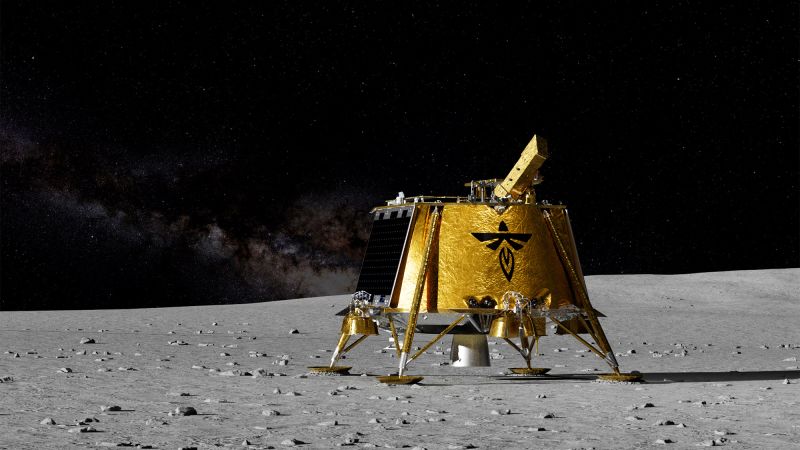The landscape of lunar exploration is undergoing a significant transformation, emerging from years of stagnation to an enthusiastic revival characterized by a new race to the moon. Recent years have seen numerous countries and private companies attempt to send robotic spacecraft to our celestial neighbor, with varying degrees of success. Many missions were plagued with failures, which has undeniably fostered a competitive environment to secure the lunar landscape before the next wave of human exploration.
As we approach the year 2025, there are high expectations for a resurgence of lunar missions offering both a possibility of redemption for previous failures and a welcoming space for new players in the cosmic arena. This year promises to be particularly fascinating, with the United States, its allies, and China engaged in an intense push to deploy robotic missions on the moon. The overarching aim of these endeavors is not just exploratory; these robotic missions are intended to pave the way for a return of astronauts to the lunar surface, a goal that NASA hopes to achieve by as early as 2027.
January marks the advent of this renewed interest in lunar exploration with the planned launch of two lunar landers aboard a SpaceX Falcon 9 rocket. This mission represents a significant milestone as it involves spacecraft from Firefly Aerospace, based in Cedar Park, Texas, and Ispace, a Tokyo-based company. For Firefly, this marks its first attempt at landing on the moon, while it is a second chance for Ispace after their previous lander met a disastrous fate in 2023 due to a hard landing.
These two landers exemplify the spirit of the upcoming lunar missions, which aim to gather data and test new technologies. Firefly’s lander, dubbed Blue Ghost, is set to spend around 45 days approaching its target: Mons Latreille, located in the Mare Crisium, or the “Sea of Crises,” on the moon. This unique site promises a wealth of geological information, potentially offering glimpses into the moon’s volcanic history. Firefly plans to utilize Blue Ghost to collect soil samples and test various instruments, demonstrating the critical role that private companies are taking in lunar exploration.
On the horizon, Ispace’s upgraded Hakuto-R lander, dubbed Resilience, aims for a slower-paced journey to the moon, intending to land around four to five months after launch. The Resilience lander is expected to host a tiny rover and instruments focused on innovative agricultural techniques and radiation monitoring, signaling a broader interest in sustainable exploration strategies.
Meanwhile, the Houston-based Intuitive Machines made history with their Nova-C lunar lander, Odysseus, which unintentionally tilted upon landing due to navigational errors. They now have another mission lined up with a new Nova-C lander named Athena, which aims to target the lunar south pole, an area thought to harbor essential resources like water ice that could support future missions.
Another significant player, Blue Origin, founded by Jeff Bezos, is also entering the lunar fray with its lunar lander, Blue Moon. As part of NASA’s Artemis program, Blue Moon is being developed alongside SpaceX’s Starship to potentially ferry astronauts to the lunar surface. Though its initial prototype launch faced delays, the anticipation surrounding its capabilities continues.
Looking toward the later parts of the year and beyond, a wealth of missions remains in the pipeline. Intuitive Machines could embark on its third mission as early as October, while Astrobotic Technology is primed to recover from early failures with its new Griffin lander. The next few years promise to be rich with innovation, as the commercial sector ramps up its commitment to lunar exploration.
As countries, including the US and China, jockey for position in this new lunar landscape, the stakes are not simply about national pride; they hold significant scientific potential. The moon serves as a time capsule, offering insights into the histories of both the moon and Earth. Key questions linger, such as the origins of lunar water and its implications for understanding Earth’s own water heritage. The race to the moon is much more than a competition; it symbolizes humanity’s ongoing quest to explore the unknown, enriching our scientific understanding and revealing the mysteries of our existence.











